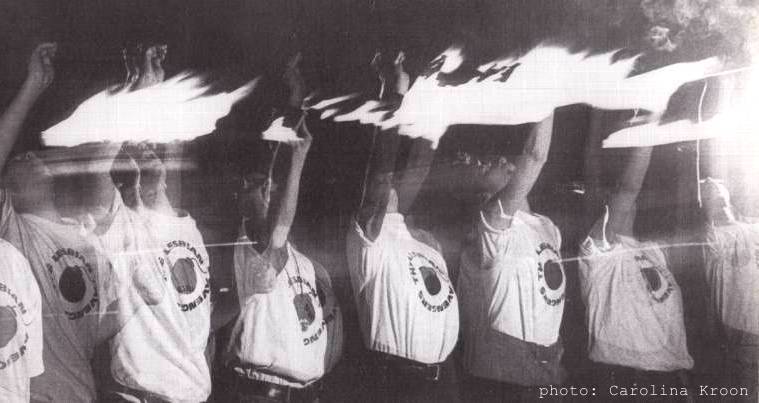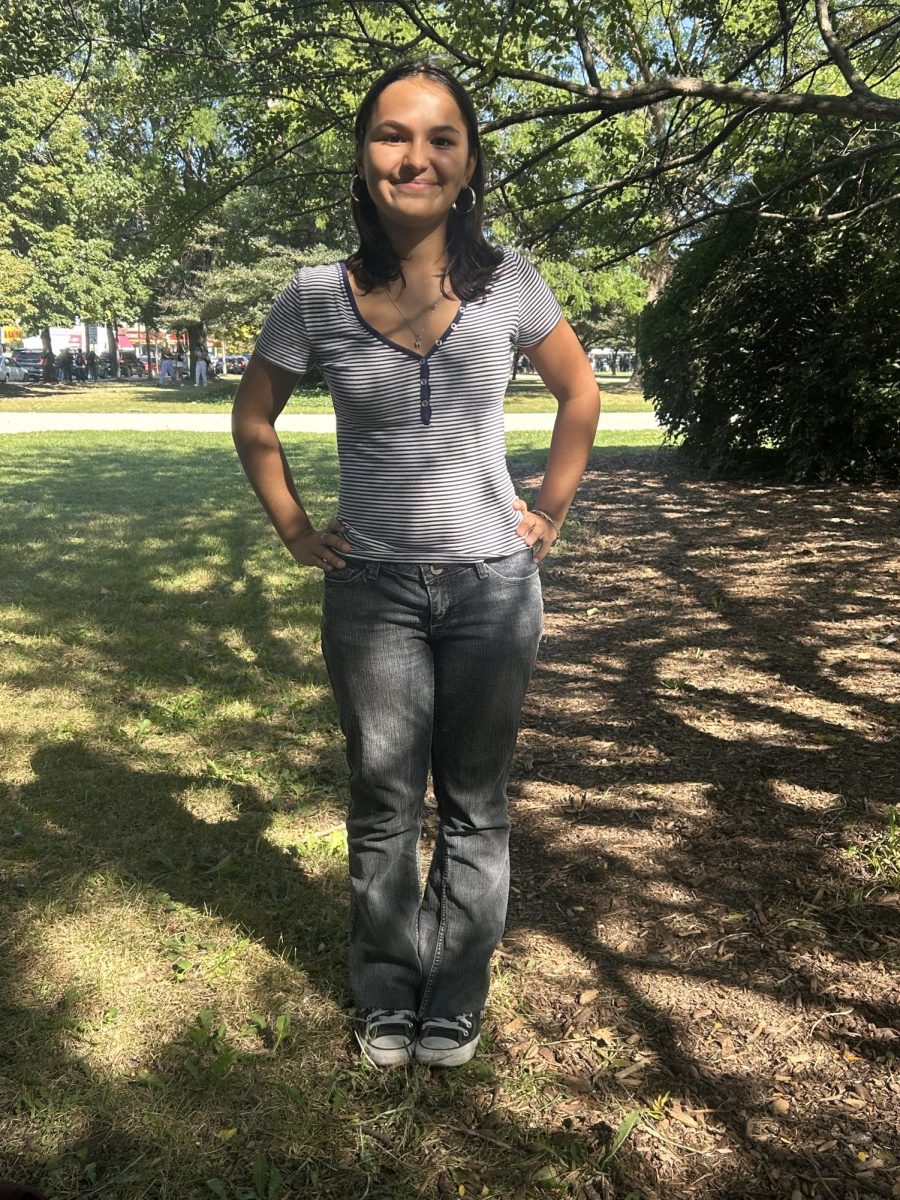By Marissa Higgs
The year was 1992 and six lesbian activists in New York City, tired of being overlooked by the public eye and being forced to the sidelines in the media, created a new sub-culture that would eventually greatly impact the Lesbian, Gay, Bisexual, Transgender, Queer/Questioning (LGBTQ) community. The Lesbian Avengers were dedicated to protecting lesbian survival and visibility. Within a year, the group had grown to national prominence.
“One thing that’s said about being a lesbian is that in our culture, in the Western culture I guess, woman are often seen in relationship to men,” Ms. Feuer said. “So like you’re someone’s wife, or someone’s sister, or you’re someone’s mother, but women aren’t often seen, or at least traditionally, just individually based on their own identity. And so if you’re a lesbian, because you’re not directly in relationship to a man, lesbians are often thought of as being invisible by mainstream culture.”
Feuer joined this group when she attended Miami University in Ohio because she saw the importance of the activist group. One of the “cool” parts of her membership allowed her to eat fire as an opportunity to mock the stereotype that all lesbian activists were fire eating feminists.
Activist groups are only one type of the many LGBTQ sub-cultures that exist today, and only a portion of the countless sub-cultures in general. Anything from a small group of individuals with a common taste in music to a nationwide organization that fights to end the spread of HIV/AIDS can be classified as a sub-culture. Feuer described them as being “smaller groups, kind of more underground or less visible…something less mainstream.”
“A lot of the organizations that exist have many multiple purposes and often part of it is visibility generating,” said Tracy Baim, the editor of the Windy City Times. “The weakness of the LGBTQ community, unlike some other minority communities, is that you have to have a visibility component as a part of what you do because it’s so easy to be invisible.”
Groups like Queer Nation, ACT-UP Chapter, and Gran Fury (formed as part of the AIDS movement) have used visual imagery to get their messages across to the public.
In today’s society, LGBTQ has become an umbrella title that encompasses many specific types of people. Each letter stands alone now as a general theme shared by all the people who may identify with it. As more and more people begin openly exploring different aspects of themselves and their lives, the number of sub-cultures grows.
Feuer believes these cultures are somewhat dependent on things going on in the world. Equality battles, tolerance, and awareness all could potentially lead to the creation of sub-cultures.
Naomi Oster, Div. 473, thinks that just about everyone at Lane is in some way part of a sub-culture.
“Any group of people you can count as a sub-culture, to sort of go to an extreme, it’s almost like religion in a lot of ways,” Oster said. “Religion will be a culture and religious sects would be a sub-culture.”
Touchy topics will sometimes put certain sub-cultures up for scrutiny. Oster and Feuer both believe that the opinion of the group depends on the perspective of the one viewing it. Feuer has her own classification though.
“In my view, any sub-culture that’s seeking to take power away or rights away from another group, then that’s negative,” she said.
Identifying with only one group is something Feuer believes is difficult to do. If she is asked about her identity she will list many things. For example, she’s a mother, a woman, Jewish, a lesbian, a teacher, city dweller, and for a long time a runner. In almost every case, people often find themselves identifying with more than one thing. Oster feels that part of the reason sub-cultures even exist in society is due to the Western world’s obsession with labels.
“One thing that has always struck me about the LGBTQ community is that there’s always pressure to make a choice or to have a definition, and I mean that’s just how our society is built. So because we are forced to find ourselves in these, whether it’s sexuality or gender constraints, it forms sub-cultures,” Oster said.
Gale Martinez, Div. 585, wishes the labeling aspect of sub-cultures would die down in importance. As a gender queer teenager, Martinez does not identify as either male or female. A pet peeve of theirs is when someone tries to relate his/her own problems to the person confiding in them. Martinez believes that anyone unsure of how to react to LGBTQ specific sub-cultures should be careful not to seem ignorant.
“[I would say to them] don’t care, but be respectful, because it’s really none of your business,” Martinez said.
While some people at Lane are well informed about sub-cultures, others lack some knowledge. Tia Davis, Div. 752, admits to knowing nothing about any type of sub-culture before reading signs in the hallways for undocumented students which she now identifies as a sub-culture. While she is more aware of the diverse and plentiful sub-cultures in the school, she still feels there are many more groups she could know about. She thinks simple flyers would help educate the student body more on the topic.
“They have to provide an emotional aspect to it that I can relate to,” Davis said.
Oster is pessimistic about the cultural intelligence of people her own age. Working in theater with many LGBTQ people, she has access to more information about their distinct sub-cultures. Still, she wishes more people her age were better informed.
“I don’t think people are [well-informed] in a lot of ways, especially when it comes to the LGBTQ community,” Oster said. “Even when you don’t have any personal prejudices, people don’t bother to learn or they don’t have access to people they feel comfortable talking about it with.”
Oster’s advice: ask honest questions. If a person does not know something then they should ask.
“If you don’t know what something stands for or if you don’t understand someone’s message, just ask them because most people will tell you,” she said.
Sub-cultures have, for years, been a way for people across the world to express themselves and interact with others on another level. LGBTQ specific sub-cultures are plenty and many work to relay a message to the public.





